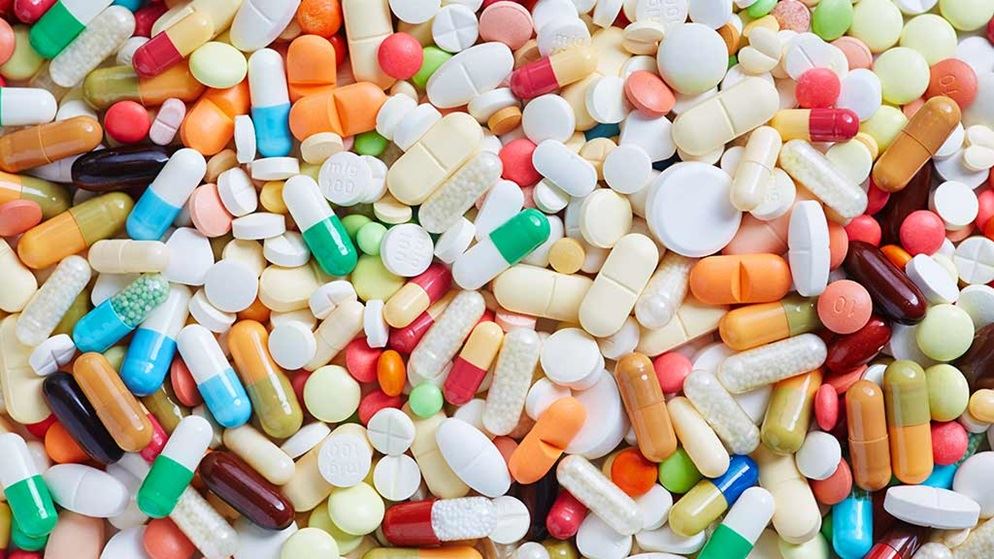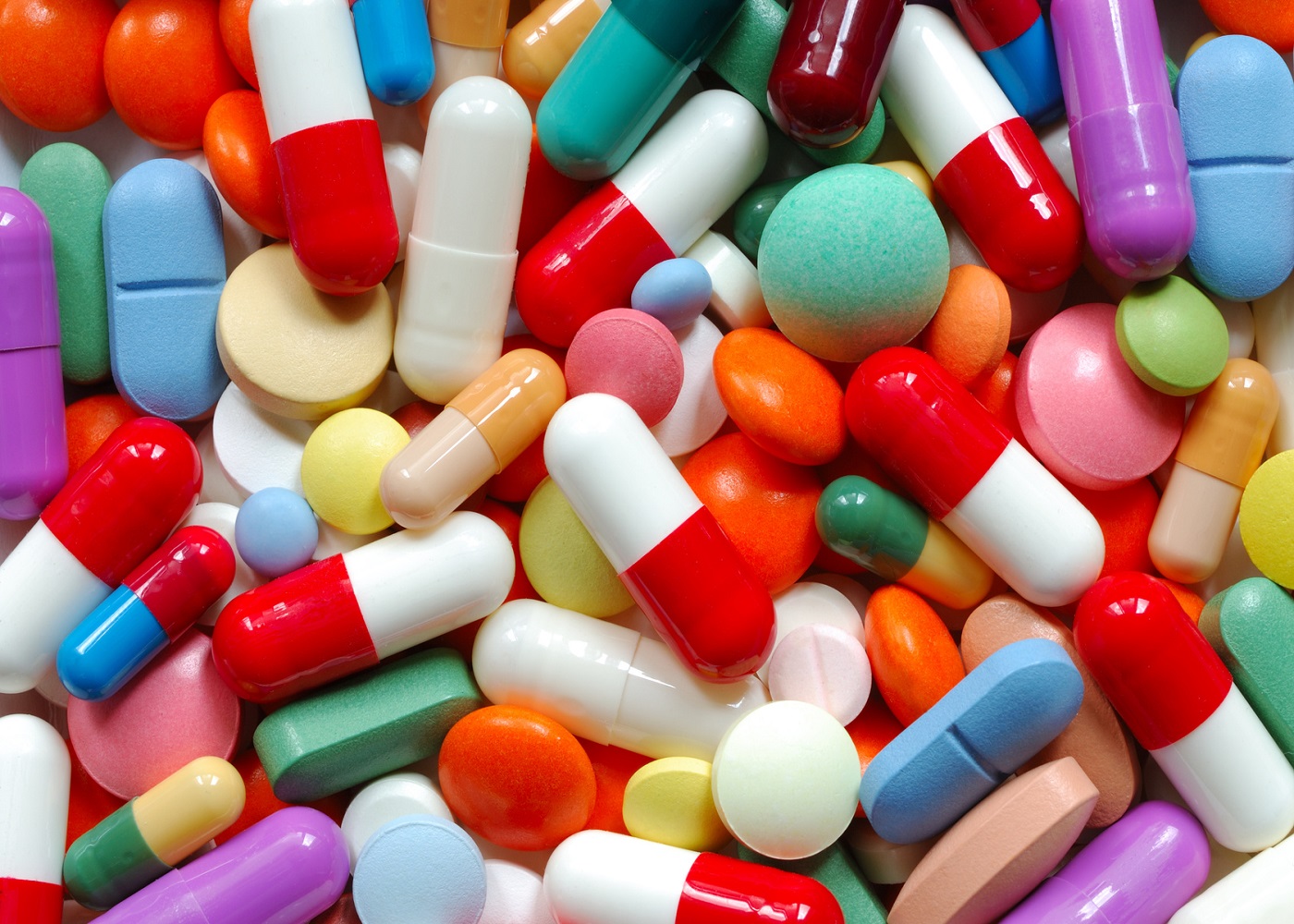In order to stop a “pandemic level threat,” more consideration must be given to the part pollution
plays in the spread of antibiotic-resistant bacteria, sometimes known as “superbugs.”
When bacteria, viruses, or other infectious organisms become resistant to antibiotics, the condition is known as antimicrobial resistance, or AMR.
After coming into contact with contaminated water or land, bacteria can develop resistance.
The pharmaceutical, agricultural, and health care sectors are singled out in the UN study
for their contributions to the emissions of dangerous chemicals that support the growth of AMR.
“Seriously addressing AMR requires preventing environmental contamination,
“the UN Environment Programme’s executive director, Inger Andersen, said.
Everyone should work to limit the release of trash contaminated with antimicrobials into the environment
because every industry contributes to the burden of AMR.”

The research urges hospitals to think about on-site treatment of antimicrobial pollutants in wastewater, farmers to avoid using specific antibiotics,
and pharmaceutical corporations to modernise manufacturing methods in a way that lowers runoff from goods.
Estimates cited in the research suggest that by 2050, AMR may be to blame for up to 10 million deaths annually.
According to a different World Bank analysis published in 2017, the issue could also cause the global economy to lose more than $3 trillion in yearly GDP by 2030.
The UN report highlights new research that links the rise in AMR to biodiversity loss and climate change. According to research cited, variables including changes in soil variety and
carbon dioxide content in the atmosphere may have an impact on the emergence of antibiotic resistance.
Significant momentum on AMR has grown, according to Andersen.
“Investment in new, reasonably priced antimicrobials and other preventative measures should increase, but to guarantee that this superweapon continues its effectiveness,
we must halt the pollution at the source.”
The paper also points out that because AMR is linked to poverty, a lack of sanitation, poor hygiene, and pollution, lower-income nations are among those that are most affected by it.
According to Jason Burnham, an assistant professor of infectious diseases at the Washington University
School of Medicine in St. Louis, the issue can only be effectively addressed by taking into account how remedies might affect disadvantaged populations.
In a global environment, “enforcement” must be carried out carefully to prevent harm to underprivileged communities, he stressed.
📰 Latest from Sejal News Network
- Western India leads India’s next manufacturing revolution — Automation, AI, and Robotics at the core
- Entrepreneur from Pune embarks on ‘Mission Bharat’, a Solo-Motorbike Expedition of over 7500kms to Empower Communities Across India
- Shreeji Sharan Family Celebrates Diwali Together — Lighting Up SV Road with Smiles and Togetherness
Published by Sejal News Network



